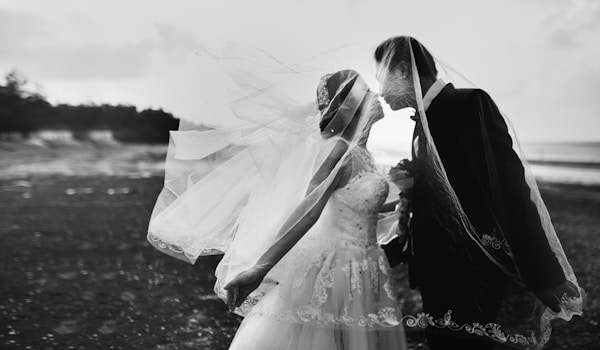Exploring the Considerations for Creating a Wedding Dress with Detachable Elements
Designing a wedding dress is a complex yet exhilarating process that embodies a bride's unique personality and vision. Among various styles, dresses with detachable elements have gained immense popularity in recent years. This design not only offers versatility but also functional features for the big day. In this article, we'll take a closer look at the considerations for creating a wedding dress with detachable elements, ensuring that you make the best choices for your special day.
Understanding Detachable Elements in Wedding dresses
Detachable elements can include sleeves, trains, or overlays that can be removed or added during the wedding ceremony or reception, allowing the bride to transform her look effortlessly. This feature gives a bride the freedom to change her appearance without needing a complete wardrobe change. However, creating such a dress involves several crucial considerations.
1. Fabric Choices
The choice of fabric is vital when designing a wedding dress with detachable elements. It’s important that the fabric is not only beautiful but also conducive to alterations and additions. Some popular fabric choices include:
| Fabric Type | Advantages | ||||||
| Satin | Sleek and elegant, perfect for creating smooth detachable elements. | ||||||
|---|---|---|---|---|---|---|---|
| Organza | Lightweight and sheer, ideal for layers and soft overlays. | ||||||
| Lace | Romantic and classic, can be used as a detachable overlay for a vintage look. |
2. Design Considerations
When creating a wedding dress with detachable elements, it’s essential to consider design aspects such as overall style, theme, and the bride's personal taste. Here are some design considerations:
- Theme: The design should complement the wedding theme, whether it’s a beach wedding or a formal ballroom celebration.
- Comfort: Ensure that the detachable elements can be easily worn and removed without compromising comfort. Consider how the dress will feel throughout the day.
- Coordinated Colors: Detachable elements should coordinate well with the main dress to create a cohesive look, whether they are in matching shades or complementary colors.
3. Practicality and Functionality
Practical elements are crucial for justifying detached features in a wedding dress. Considerations include:
- Ease of Use: Ensure that the detachable elements can be easily added or removed by the bride or with the assistance of a bridal attendant.
- Weight Distribution: Design detachable elements in a way that the weight is evenly distributed, preventing any pulling or awkward movement during the ceremony and reception.
- Storage and Transport: Think about how the dress and its detachable parts will be packed and transported. Ensure that all elements are easily stored without risking damage.

4. Fit and Alterations
Achieving the perfect fit in a wedding dress with detachable elements requires careful attention to detail. Working with a skilled seamstress is critical in ensuring each component fits seamlessly and is flattering to the bride's figure. Key points include:
- Custom Fitting: Each piece must be tailored to the bride’s body measurements to avoid discomfort on the big day.
- Adjustability: Consider designing detachable elements with adjustable features, such as hooks or ties, for better fitting throughout the day.
- Multiple Try-Ons: Schedule multiple fittings during the design process to ensure that any necessary adjustments can be made.
5. Budget Considerations
Creating a wedding dress with detachable elements usually incurs a higher cost due to the additional materials and labor involved. When budgeting, consider the following:
- Fabric Costs: High-quality fabrics will increase the overall price but result in a more stunning final product.
- Design Complexity: More intricate designs may require more skilled labor, affecting the budget.
- Tailoring Fees: Account for potential costs associated with fittings and alterations to ensure the perfect fit.
6. Accessorizing the Look
Detachable elements can also be accessorized to enhance the overall wedding look. This can include:
- Jewelry: Choose timeless pieces that will complement the dress and highlight its features.
- Veils and Headpieces: Consider matching or contrasting veils and headpieces that align with the detachable elements.
- Shoes: The choice of bridal shoes should also be taken into account, especially if the bride plans to switch from a formal look to a more casual style.
Final Thoughts
Creating a wedding dress with detachable elements is an exciting journey that allows brides to express their individuality and adaptability on their big day. While there are numerous details to consider—from fabric choices to budget and design intricacies—the end result can be a stunning and versatile gown that enhances the overall wedding experience. As you embark on this creative process, remember to prioritize comfort, style, and practicality to ensure that your wedding dress reflects your vision and meets the needs of the occasion.
In conclusion, whether you're looking for a sophisticated bridal look or something more relaxed for the reception, a wedding dress with detachable elements offers you the best of both worlds. Make informed decisions, stay true to your personal style, and embrace the transformative beauty of your wedding day attire!